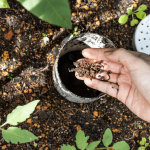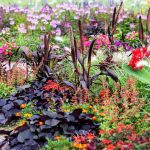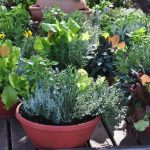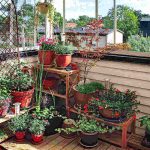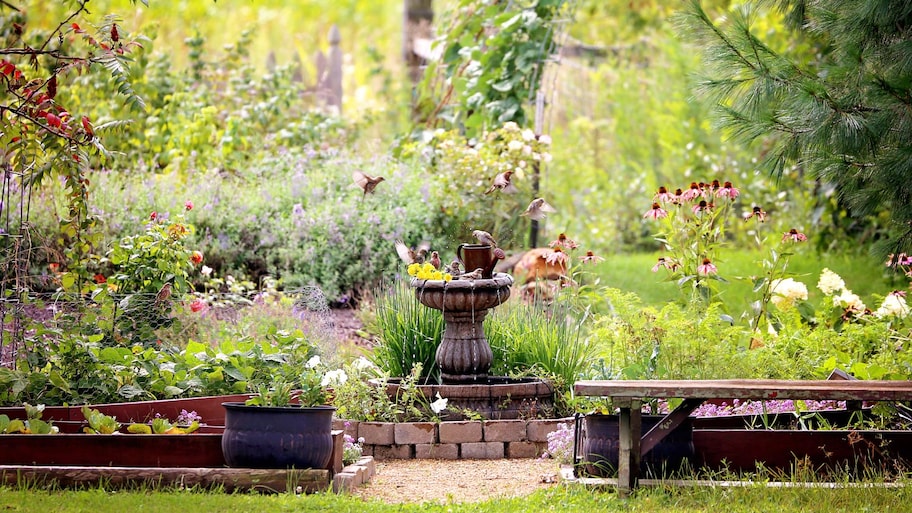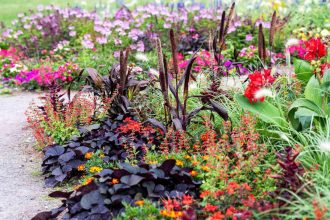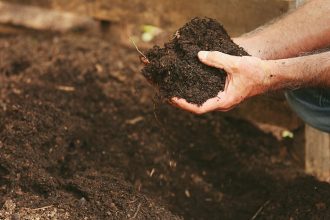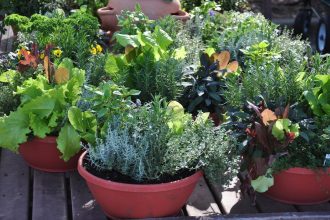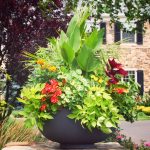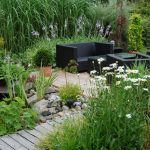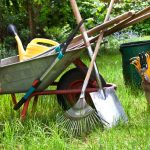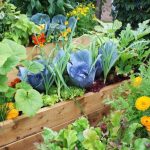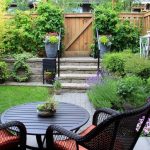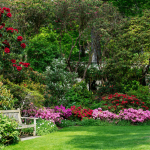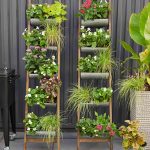Imagine stepping outside into your own personal haven, where a symphony of chirping birds and buzzing insects fills the air, and colorful butterflies flit from flower to flower. Creating a wildlife habitat garden allows you to not only enjoy the beauty of nature right in your own backyard, but also to play a vital role in providing a safe haven for local wildlife. In this article, we will explore the essential steps and tips on how to create a wildlife habitat garden that will attract and sustain a diverse array of creatures, from birds and butterflies to bees and beneficial insects. So roll up your sleeves, grab your gardening tools, and let’s get started on transforming your outdoor space into a thriving wildlife sanctuary.

– Understanding the Importance of Wildlife Habitat Gardens
Creating a wildlife habitat garden is not only beneficial for the environment, but it also provides a beautiful and peaceful space for you to enjoy. By attracting wildlife to your garden, you are helping to support biodiversity and create a healthier ecosystem. Here are some tips on how to create your own wildlife habitat garden:
- Choose native plants: Native plants provide food and shelter for local wildlife. They are also better adapted to your climate and soil conditions, making them easier to maintain.
- Create layers: Plant a variety of trees, shrubs, and groundcover to provide different levels of habitat for wildlife. This will attract a wider range of species to your garden.
- Add water sources: Birds, insects, and other wildlife need water to survive. Consider adding a bird bath, pond, or shallow dish of water to your garden.
| Benefit | Description |
|---|---|
| Support biodiversity | Attracting a variety of wildlife to your garden helps to create a diverse and healthy ecosystem. |
| Reduce maintenance | Native plants are low-maintenance and require less water and fertilizer than non-native species. |
By following these simple tips, you can create a wildlife habitat garden that benefits both you and the environment. So roll up your sleeves, get your hands dirty, and start creating a haven for wildlife in your own backyard!
– Selecting Native Plants for Your Garden
Native plants are essential for creating a thriving wildlife habitat garden. These plants have evolved and adapted to the local climate, soil, and wildlife, making them the perfect choice to attract and support a diverse range of animals and insects in your garden. When selecting native plants for your garden, consider the following tips to ensure success:
- Choose plants that are native to your specific region to provide the best habitat for local wildlife.
- Include a variety of plants that bloom at different times of the year to provide food and shelter throughout the seasons.
- Opt for plants that are drought-tolerant and low-maintenance to create a sustainable and eco-friendly garden.
Incorporating native plants into your garden not only benefits the local ecosystem but also enhances the beauty and biodiversity of your outdoor space. By selecting the right plants and creating a wildlife-friendly habitat, you can enjoy a vibrant and thriving garden that supports and sustains native species for years to come. Start planning your wildlife habitat garden today and watch as your outdoor space comes alive with the sights and sounds of nature.
– Providing Food, Water, and Shelter for Wildlife
One way to support wildlife in your area is by creating a wildlife habitat garden in your backyard. By providing food, water, and shelter for animals, you can help create a thriving ecosystem right outside your door.
Food: Plant a variety of native plants that produce seeds, berries, and nectar that wildlife like birds, bees, and butterflies need to survive. Consider adding a bird feeder or a hummingbird feeder to attract different types of wildlife to your garden.
Water: Install a birdbath or a small pond in your garden to provide a water source for animals. Make sure to keep the water clean and fresh, and consider adding rocks or branches to provide landing spots for birds and insects.
Shelter: Create different layers in your garden with tall trees, shrubs, and ground cover to provide shelter for wildlife. You can also add birdhouses, bat boxes, or insect hotels to give animals a safe place to rest and nest.
Incorporating these elements into your garden will not only benefit the wildlife in your area but will also create a beautiful and thriving outdoor space for you to enjoy. Consider researching the specific wildlife in your region to tailor your garden to their needs. With a little effort and creativity, you can transform your backyard into a wildlife paradise.
– Incorporating Sustainable Practices into Your Garden Design
Creating a wildlife habitat garden is a wonderful way to incorporate sustainable practices into your garden design. By providing food, shelter, and water for local wildlife, you can help support biodiversity in your community. Here are some tips on how to create a wildlife-friendly garden:
- Plant Native Species: Choose plants that are native to your area, as they will provide food and shelter for local wildlife.
- Add Water Sources: Include a birdbath, pond, or other water feature to attract birds, insects, and other wildlife.
- Create Shelter: Use native shrubs, trees, and grasses to create hiding spots and nesting areas for animals.
- Avoid Chemicals: Opt for natural pest control methods and avoid using pesticides that can harm wildlife.
| Plant | Wildlife Attracted |
|---|---|
| Sunflowers | Bees, Birds |
| Lavender | Butterflies, Bees |
| Oak Trees | Squirrels, Birds |
With these simple steps, you can transform your garden into a thriving ecosystem that supports a wide variety of wildlife. Not only will you be helping the environment, but you will also enjoy watching the creatures that come to visit your garden.
As you embark on creating your own wildlife habitat garden, remember that every small effort makes a difference. By providing a safe haven for plants and animals, you are playing a crucial role in preserving biodiversity and fostering a healthy ecosystem. So, roll up your sleeves, dig into the soil, and let your garden come alive with the sights and sounds of nature. Your backyard paradise awaits!


